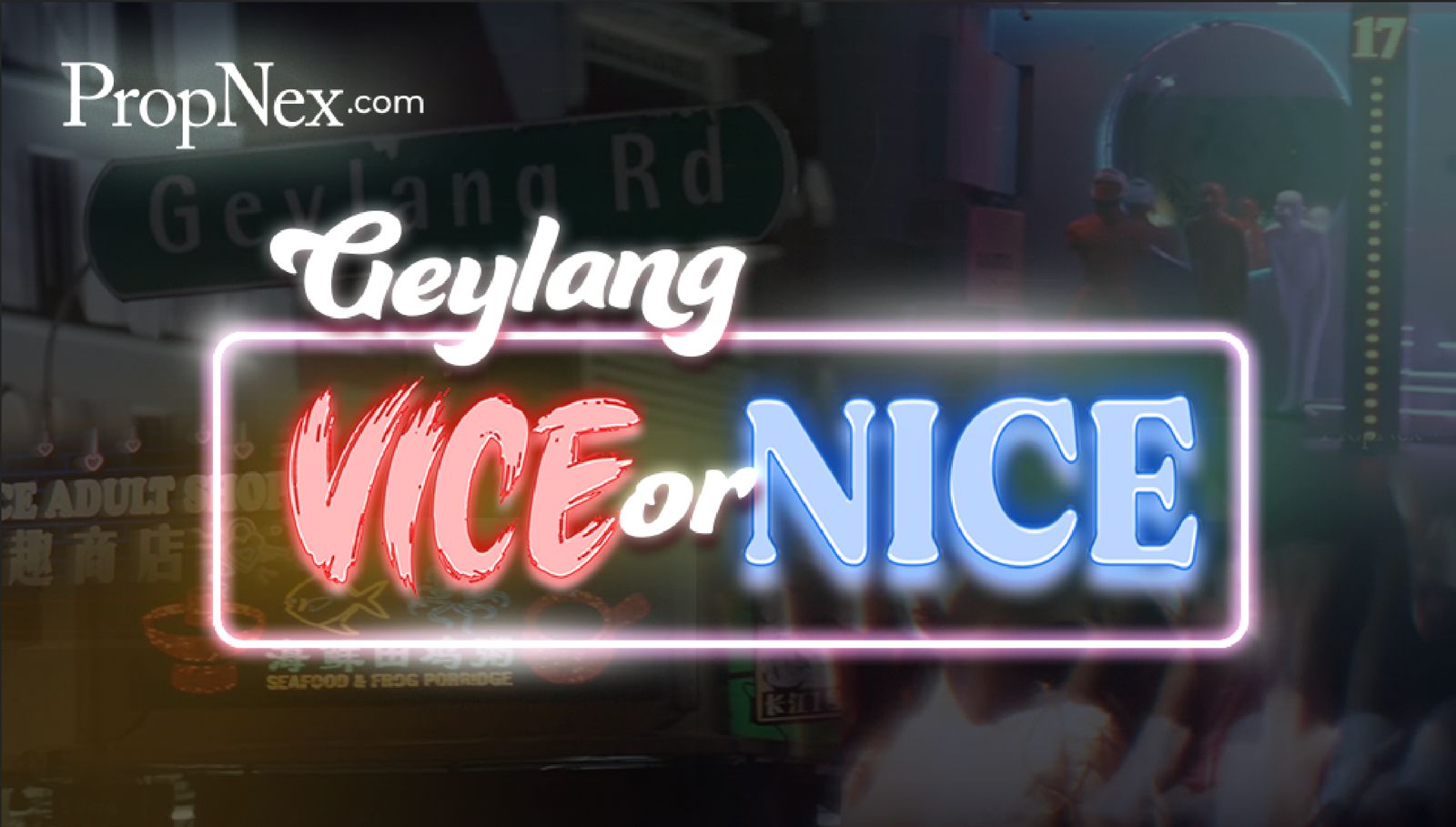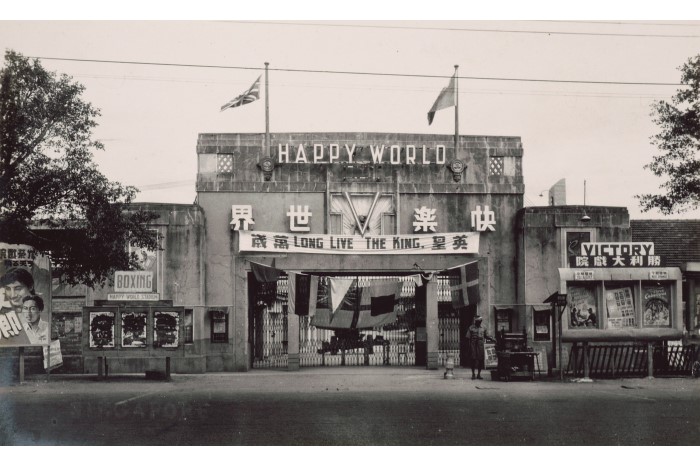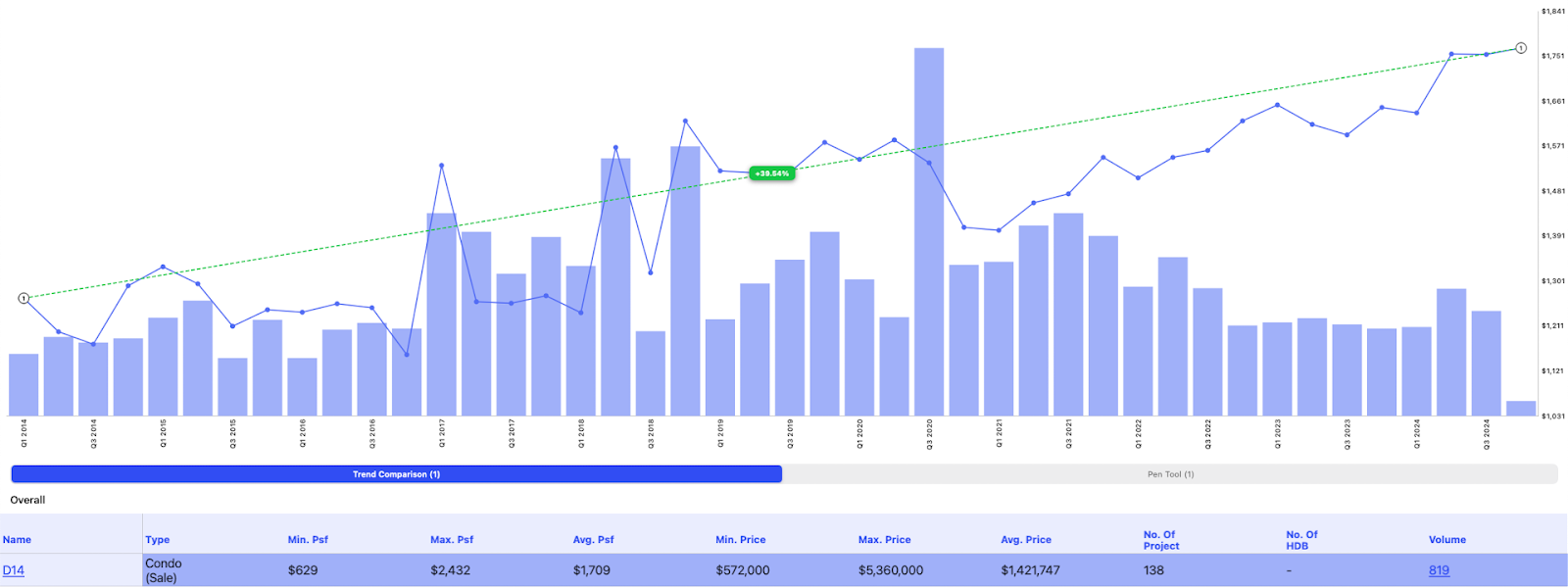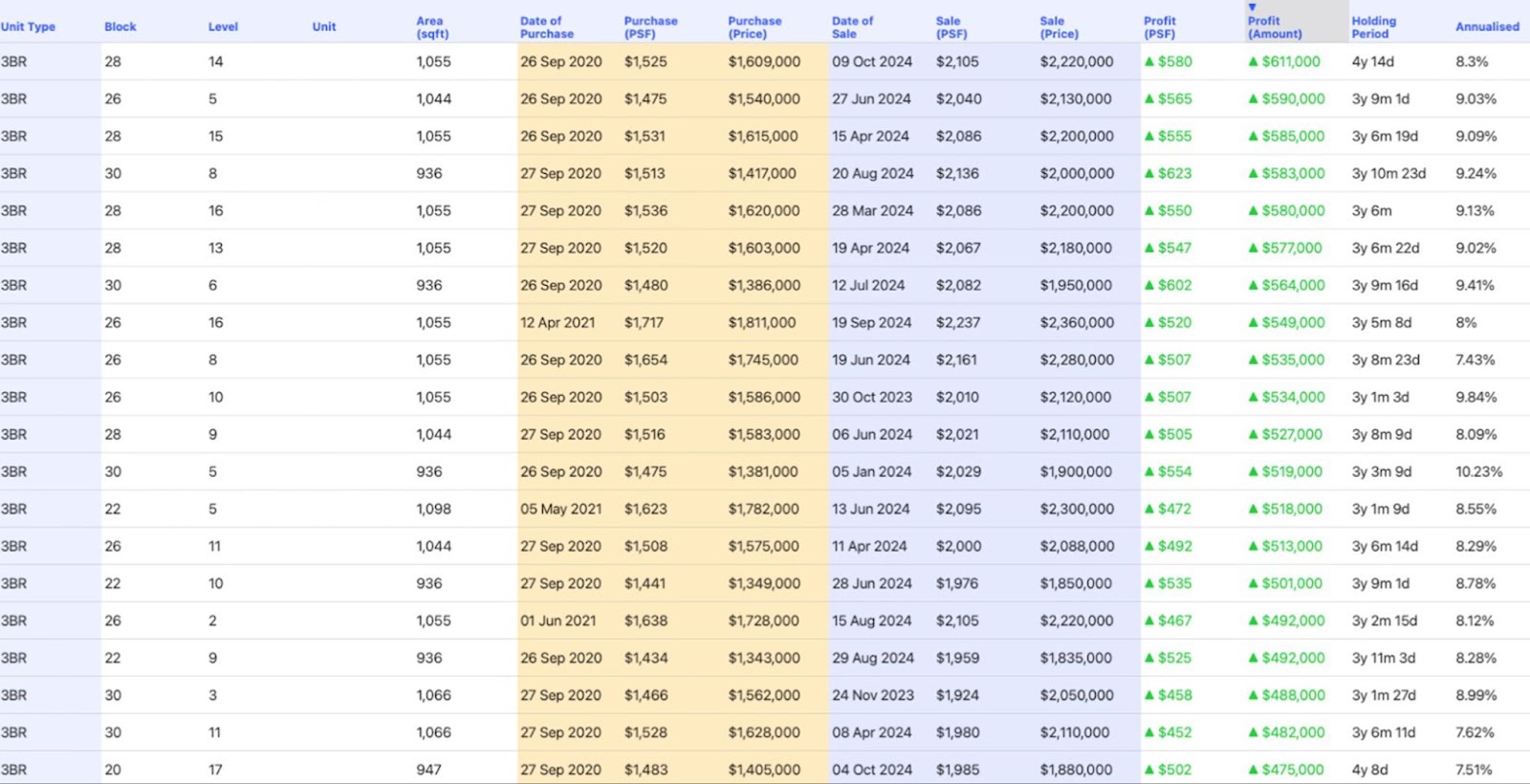
Daryl Wee
Senior Content Writer

As the sun sets over the western horizon in Singapore, it gives birth to a unique blend of pink and blue hues that light up the red-light district in Geylang - the only red-light district in the city-state. The area gained notoriety with prostitution, back alley gambling, illegal drug peddling, sale of contraband cigarettes, and the occasional gang fights. But such vices have tapered over the years with stronger police presence and closed-circuit televisions (CCTV) plastered over every nook and cranny in Geylang. Let's explore the history and find out more about this enchanting enclave.
In the early 1840s, the British Government relocated the Malay floating village from the mouth of the Singapore River, leading to the resettlement of the Malays and Orang Laut along the Kallang and Geylang Rivers, which flowed into what is now known as the Kallang Basin. At that time, Geylang was referred to as "Geylang Kelapa" due to the presence of coconut plantations.
The first settlers built stilt houses over the river basin, clustering along the river to create small communities. The earliest of these was Kampong Melayu, which later became known as Geylang Serai.
Geylang Road, one of Singapore's earliest main roads, connected the downtown area near the Singapore River to the northeast of the island. An electric tramline ran along its length, ending at a lemongrass processing factory, located at the current site of Geylang Serai Market. This area was famous for its lemongrass, or "serai," which was cultivated by the Malay settlers as a cash crop. The name Geylang Serai is believed to have originated from the Malay term for lemongrass factory, "Kilang Serai."
By the early 1900s, Geylang had developed into two distinct parts, separated by the Geylang River. The eastern side, now Geylang Serai, was home to Malays living in traditional houses and practising agriculture. In contrast, the western side was divided into numbered lanes, or "lorongs," and was predominantly inhabited by Chinese residents. Many Chinese-owned shops, offering goods like jewellery and pawn services, were strategically located between the Kallang and Geylang Rivers. This divide between the eastern and western areas gave Geylang its unique blend of cultures, streets, and architectural styles.
As Geylang Serai grew into a residential suburb, leisure activities expanded to meet the needs of its growing population. In the early 1930s, cinemas and open-air theatres, initially used for performances, began showing sound films. Residents also frequented Happy World Amusement Park, which opened in 1937, offering a variety of entertainment, similar to other popular amusement parks like New World and Great World.

(Source: National Heritage Board)
After World War II, leisure options continued to increase. In the 1950s, an amusement park was built on the site of the future Geylang Serai Market, offering rides and games close to home. Cinemas were updated or newly built, and residents could also visit affordable open-air cinemas in nearby Joo Chiat and Jalan Alsagoff.
Geylang was known to be a spot for nightlife with all the other forms of entertainment in the area. It was not documented clearly how or why Geylang became the red light district in Singapore but gambling dens and brothels were a common sight in Geylang in the past. In fact, Geylang's red light district became the largest one in Southeast Asia by the 1960s.
Prostitution in itself is not illegal in Singapore, but there are some activities within prostitution that can be considered illegal. Brothels in Singapore have to be licensed and sex workers would have to be registered with the Singapore police and undergo periodic health checks.
So after understanding the history of Geylang, and knowing how the red light district started there, do you feel a little more sense of culture than just plain vice? I'm sure with additional policing over the years, Geylang's notoriety has significantly decreased over the years. Yishun might even overtake Geylang in terms of notoriety!
The number of serious crimes reported in Geylang, including robbery and snatch theft, saw a significant drop of over 42%, declining from 134 cases in 2013 to 77 cases by 2016. Similarly, public order offences like affray and causing serious harm decreased by 27% during the same period, from 51 to 37 cases. However, no updated crime statistics for the area have been publicly released since. For this we definitely have to thank our law enforcement units for ensuring safety and keeping crime rates low. Fun fact, the Geylang Neighbourhood Police Centre (NPC) is actually staffed with 60 per cent officers as compared to the manning levels of other NPCs.
You might be thinking, who would want to live in an area so prone to vice and criminal activities? But if you take a step back and think about Geylang, it sits at the city-fringe and a stone's throw away from transformation zones such as Paya Lebar and Kallang.

(Source: PropNex Investment Suite)
District 14 as a whole, which compasses private properties in Geylang and Eunos have risen 39.54 per cent in the past 10 years.

(Source: PropNex Investment Suite)
If you were to take a look at Sixteen35 Residences, a project in Geylang that TOP not too long ago in 2021. You will see all 13 transactions so far are profitable, with the highest profit being close to $300,000.

(Source: PropNex Investment Suite)
And if we were to take a look in the surrounding vicinity of Geylang, we can find projects that do really well like Penrose. This development has yet to TOP but we can see some people make huge profits of more than $600,000.
This begs the question, does an area perceived to be "bad" result in property prices not doing well? I think there are way more factors that really determine the rise and fall of property prices. Especially in Singapore where property prices are very resilient, it would probably take more than vices and red light districts to stagnant property prices. That being said, if you are interested in finding out what are the other factors that affect a property's price you should definitely speak to a professional.
Views expressed in this article belong to the writer(s) and do not reflect PropNex's position.









